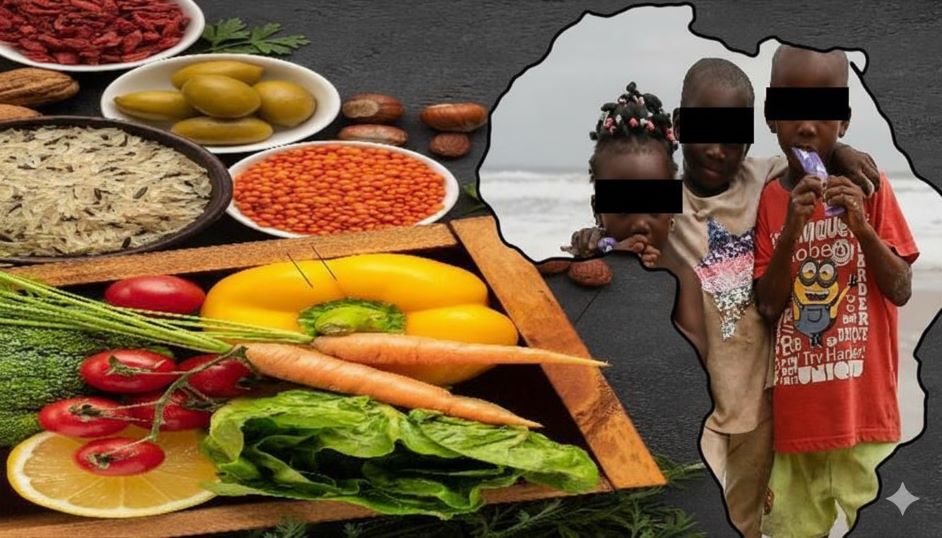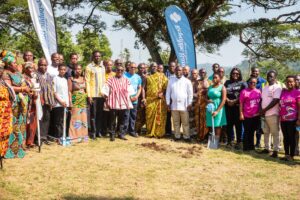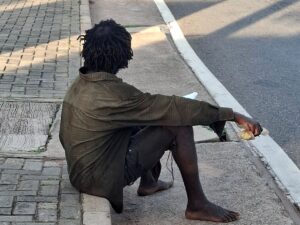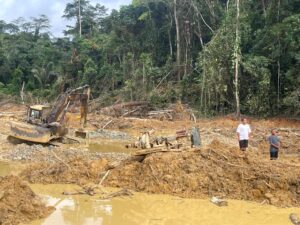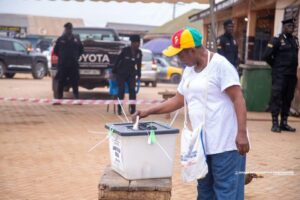By Jones Anlimah
Ghana’s steady progress toward achieving the Sustainable Development Goals (SDGs) is being undermined by a silent but persistent nutritional crisis. At an orientation session for journalists under the Nourish Ghana Project of the Women, Media and Change (WOMEC) initiative, participants were challenged to become active Nutrition Champions in national efforts to combat malnutrition in all its forms.
The orientation aimed to strengthen the capacity of journalists selected to serve as Nutrition Champions to report effectively on nutrition and health-related issues, and to amplify advocacy for improved food systems, dietary practices, and policy accountability which are key components of SDG 2 (Zero Hunger) and SDG 3 (Good Health and Well-being).
Triple Burden, One Crisis
Addressing the session, Professor Francis Zotor, a public health nutrition expert at the University of Health and Allied Sciences (UHAS), said Ghana is facing what he described as a “triple burden of malnutrition” – the coexistence of undernutrition, micronutrient deficiencies, and the rising threat of overweight and or obesity.
He explained that despite progress made over the decades, about 17.4 percent of Ghanaian children under five remain stunted, 11.9 percent are underweight, while 5 to 6 percent are wasted. In some municipalities such as Nkwanta South, the rate of wasting is as high as 27.5 percent, far exceeding the national average.
At the same time, obesity and related non-communicable diseases are on the rise, particularly in urban areas. In the Greater Accra Region alone, more than 61 percent of women between the ages of 20 and 49 are overweight or obese. Among school-aged children, nearly one in five is above a healthy weight, underscoring a new dimension of Ghana’s nutrition challenge that touches directly on SDG 3, which targets the prevention of non-communicable diseases through healthier lifestyles.
“Nutrition is not just a health issue; it’s a development issue that affects productivity, education, and our nation’s future,” Professor Zotor stressed. “We cannot achieve the Sustainable Development Goals if malnutrition continues to rob our children and mothers of their potential.”
Anaemia: The Lingering Burden
The orientation also shed light on the widespread prevalence of anaemia, particularly among women and children. This is at the heart of SDG 5 (Gender Equality) and SDG 10 (Reduced Inequalities). National data indicate that nearly half of children under five and about 41 percent of women of reproductive age are anaemic, while among pregnant women, the figure exceeds 50 percent. The highest burden is found in regions in the north.
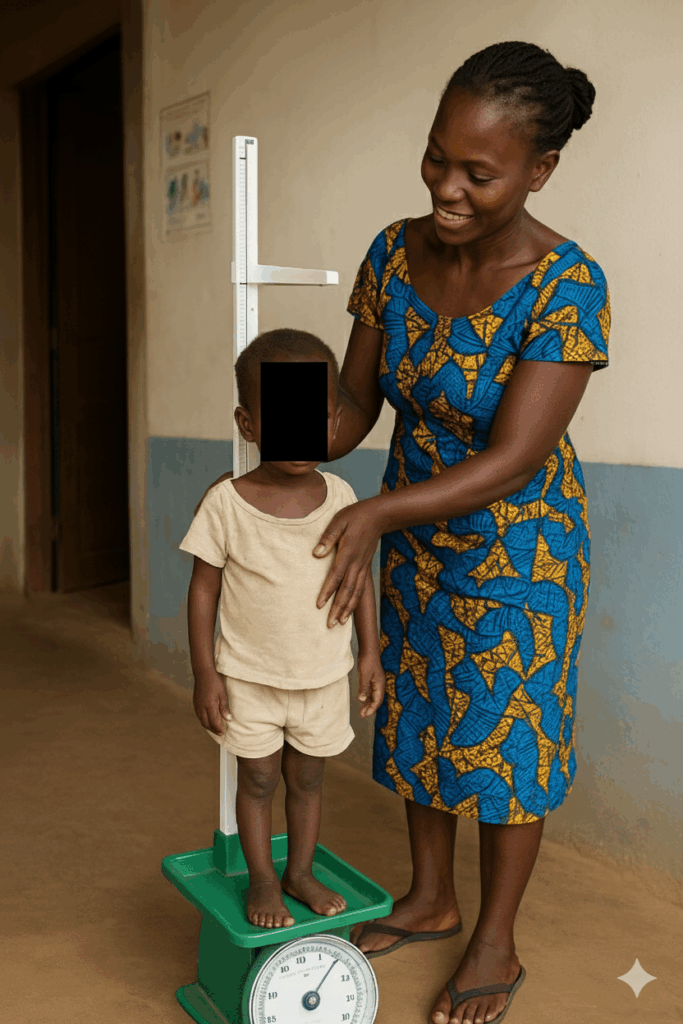
Professor Zotor cautioned that anaemia remains one of the most serious nutrition-related threats to Ghana’s human resource development.
“Anaemia weakens our workforce, affects cognitive development in children, and lowers the nation’s productivity. It’s costing us not just in health but in human capital,” he explained.
According to global studies, including those by the Ecofin Agency, UNECA, and The Africa Report, Ghana loses an estimated 2.6 billion US dollars every year, constituting about 6.4 percent of its Gross Domestic Product, due to the economic consequences of undernutrition. Data from the Cost of Hunger in Africa (COHA) study also show that about 37 percent of Ghana’s adult population today suffered stunted growth in childhood, a reminder that poor nutrition leaves lifelong scars and undermines SDG 8 (Decent Work and Economic Growth).
The Media’s Role in Driving Change
Professor Zotor underscored the crucial role of the media in changing public attitudes and influencing policy priorities. He called on journalists to use their platforms to tell the human stories behind the statistics and keep nutrition issues at the center of public and political attention – a contribution aligned with SDG 16 (Peace, Justice and Strong Institutions), which emphasizes inclusive participation and accountable institutions.
He commended WOMEC for its foresight in training journalists under the Nourish Ghana Project, describing the initiative as timely in mobilizing informed advocates who can sustain the national conversation on nutrition.
Investing in Sustainable Solutions
The nutrition expert called for greater investment in maternal and child health interventions, including Vitamin A supplementation, food fortification, and the expansion of school feeding programmes to reach more children. He also highlighted the importance of improved water, sanitation, and hygiene systems (WASH) in preventing malnutrition-related diseases — a key target under SDG 6 (Clean Water and Sanitation).
He emphasized that nutrition must be integrated into all sectors of development planning, from agriculture and education to social protection and climate adaptation, in line with SDG 13 (Climate Action) and SDG 12 (Responsible Consumption and Production).
“We can feed ourselves sustainably if we act boldly and collaboratively,” he said
A Call to Action
As Ghana approaches the 2030 deadline for the SDGs, experts say tackling malnutrition is key to achieving progress across multiple goals – from ending hunger and promoting good health to fostering gender equality and economic growth.
The WOMEC Nourish Ghana Project continues to strengthen partnerships and build a network of journalists committed to promoting better nutrition outcomes and ensuring accountability in Ghana’s pursuit of global goals.
For Professor Zotor and his colleagues, the message is unmistakable – ending malnutrition is not just about feeding people, but about empowering communities, strengthening the economy, and building a healthier, more productive Ghana.

